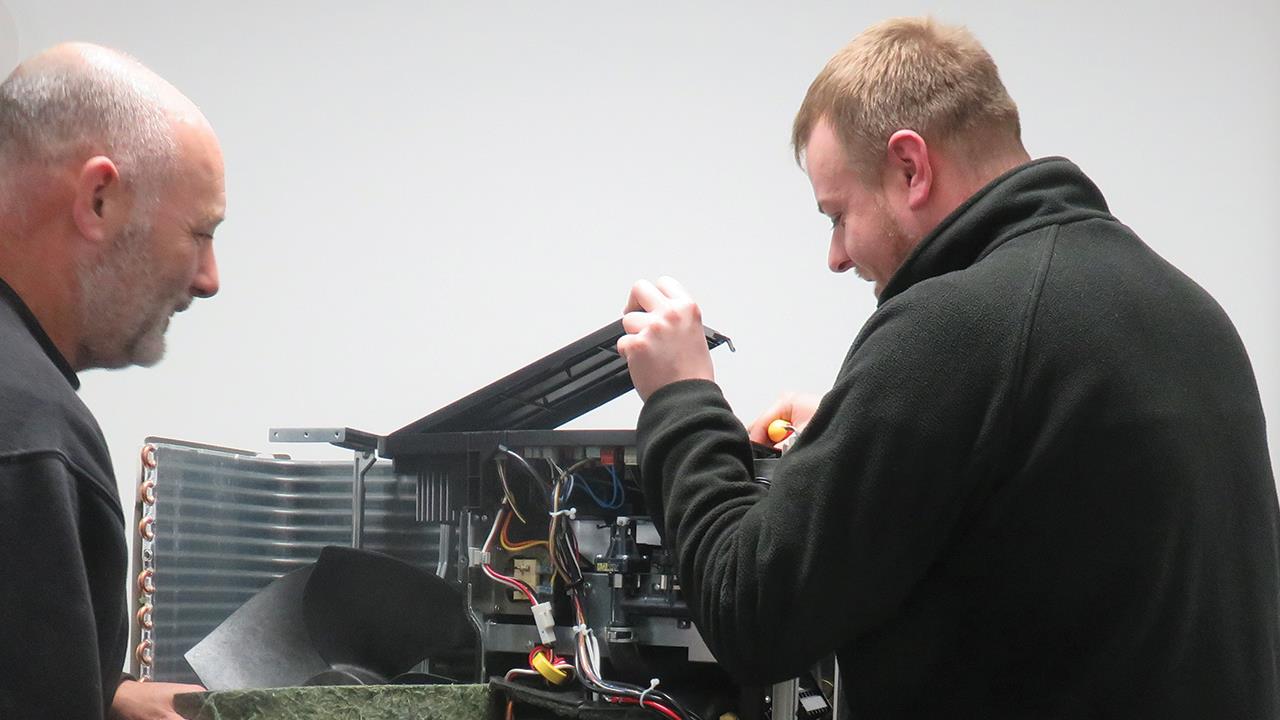

The goals of the government’s net-zero policies are evident. The ambition is to transition homes currently heated with fossil fuels to renewable alternatives, with a particular focus on heat pumps. The merits of this agenda, and realistic timescales, continue to be debated, and we have raised our concerns about the challenges of achieving this off the gas grid.
However, not enough consideration has been given to the unintended consequences of the strategy – the butterfly effect set off by one policy that creates more problems further down the line. That’s why it’s crucial that these decisions aren’t made in isolation but also consider the potential wider implications.
The fact that there are an estimated 1.5 million wood burning stoves in the UK, with thousands more sold every year, is often overlooked. Wood burners are sometimes seen as a luxury, but for many households, particularly off-grid, they are an integral secondary heating system. The government has already restricted the types of fuels that can be burnt in them, but when it comes to further plans to limit or ban their use, the picture is unclear.
It’s possible we could see a scenario start to emerge whereby homes transition their fossil fuel boilers to a technology such as a heat pump but then, if the electricity running costs are too high, increase usage of their wood burning stove. This would clearly be counterproductive to plans to improve air quality and carbon reduction, but is a likely scenario in homes with less than perfect insulation, which is the norm in older rural properties.
That’s why it’s essential that households are given a choice of renewable heating technologies that are practical and affordable to their situation, whether it’s a heat pump or a renewable liquid fuel, as this reduces the chances of them relying on their secondary heating system.
When developing policy, we also need to look beyond the technology. We must consider the wider infrastructure and industry around it, from installation to servicing.
The government wants to achieve 600,000 heat pump installations a year by 2028. Estimates vary over how many installers will be needed to achieve this, and while the widely reported figure is around 50,000, a report from the Heating and Hotwater Industry Council said the total number could be closer to 150,000 across the industry. However, there are currently only an estimated 3,000 heat pump installers.
The danger here is that policy to phase out fossil fuel heating comes into effect, but the market isn’t ready to install the alternative technologies. That’s why it isn’t sensible to bet everything on one technology; we must use every option, from heat pumps to renewable liquid fuels, to create a diverse market and drive competition.
The perspective of the consumer should also be considered. The government policies could be in place and the industry ready, but what if consumers resist the installation of low carbon heating in their home? Legislation can only go so far because many households simply won’t be able to afford the cost of transition, even with grant funding available.
Off-grid dwellings are of particular concern. The government’s own figures reveal many properties will face costs upwards of £20,000 to switch to a heat pump due to the need for additional energy improvement measures, such new radiators, piping, and other upgrades. That is why the viewpoint of the consumer should be a fundamental consideration in the policy decision process.
The distorting impact of subsidies for renewable technologies is also a concern. Heat pumps are currently subsidised through various government schemes to bring the cost down for consumers and drive take-up. The expectation is that over time prices will eventually fall. However, there is some evidence that some installers may have taken advantage of the subsidies to increase prices.
If subsequent governments reduce or remove these subsidies, particularly in the face of a more challenging economic climate, the cost of these technologies will rise. This could be problematic not just for end-users, but for the wider industry which will be investing in the expectation the market will continue to grow.
Many larger installers and manufacturers may be able to readjust and refocus in this changing market, but smaller businesses – an essential part of the industry – may not be so lucky. They often don’t have the resource, time, or money to diversify as easily. In an uncertain market this puts them at risk, which is why we must have clarity and consistency in long-term net-zero policy.
So, how do we move forward? Net-zero policies must be pragmatic and recognise these challenges. We’ve long called for a multi-technological solution, which mitigates some of these risks and increases the chances that consumers will find an acceptable option and take action.
We’re all agreed that we need to transition away from fossil fuels to greener technology and we need effective legislation. But we must not be too restrictive in our thinking, or we risk solving one problem and creating another.
If you'd like to keep up-to-date with the latest developments in the heating and plumbing industry, why not subscribe to our weekly newsletters? Just click the button below and you can ensure all the latest industry news and new product information lands in your inbox every week.